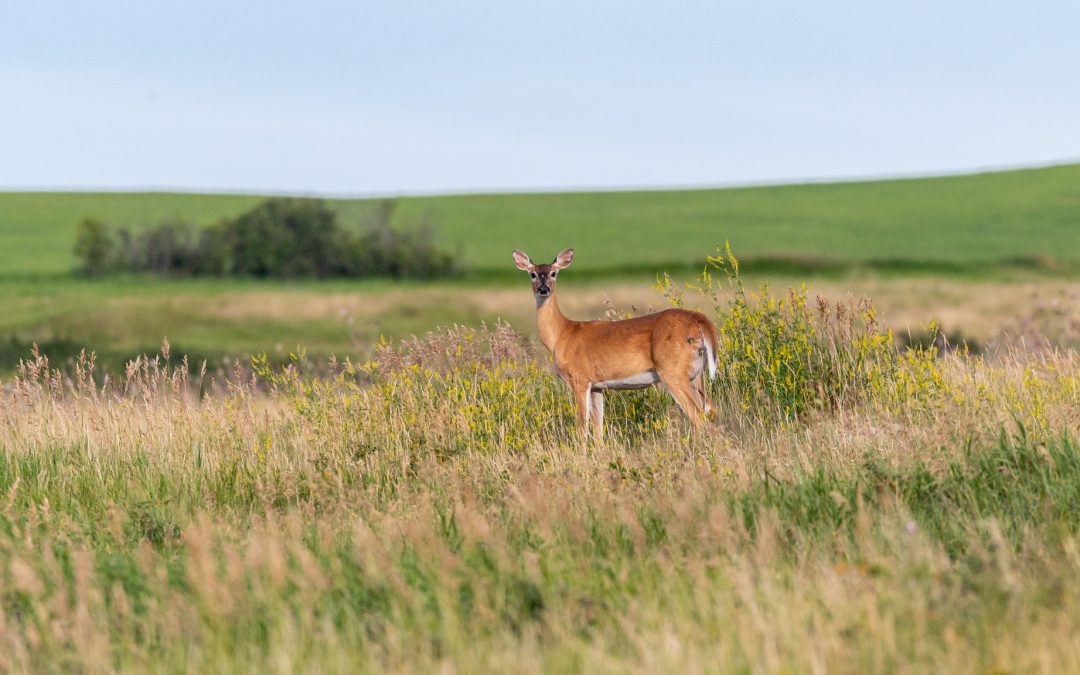More testing last hunting season led to an increased reported number of animals infected with Chronic Wasting Disease in Saskatchewan.
Richard Espie, a wildlife health specialist for the government, said they were able to test around 3300 animals this past season, which is up from the 2000 tested in 2018.
He said the percentage of animals with the disease, however, had not increased between the two seasons.
“If you look at the overall prevalence of CWD amongst those samples, it was around 17 per cent overall in 2019, and it was about 17.5 per cent prevalence in 2018,” he said. “So, the percentage of animals that had CWD has stayed about the same over the two years.”
Espie said more hunters sending their samples in was the reason they were able to conduct more tests. However, he called this a “concerted effort” as the ministry pushed to get more tests done.
They were also hoping for samples from different regions around the province, according to Espie.
“We’re hoping to get more samples from some key areas just to get a better handle on the prevalence and a better estimate of how widespread the disease is and what the prevalence is in different zones.”
Some of the key areas he mentioned were Wildlife Management Zones 50 and 55 around the Prince Albert National Park, and zones nine and ten west of Swift Current.
But, he said, to get these samples they need deer, elk and moose hunters to send them in.
In addition to sending samples in, Espie had a couple other recommendations for hunters.
“Don’t consume the animals until they have those test results back to them, and if the animal does test positive, we recommend, as does the Canadian Food Inspection Agency, that all hunters and their families not consume any CWD-positive animals.”
The disease is most prominent in mule deer, but the Ministry’s hunting and trapping guide showed there were infected white-tailed deer, elk and moose in Saskatchewan.
(Photo by Brandon White)
